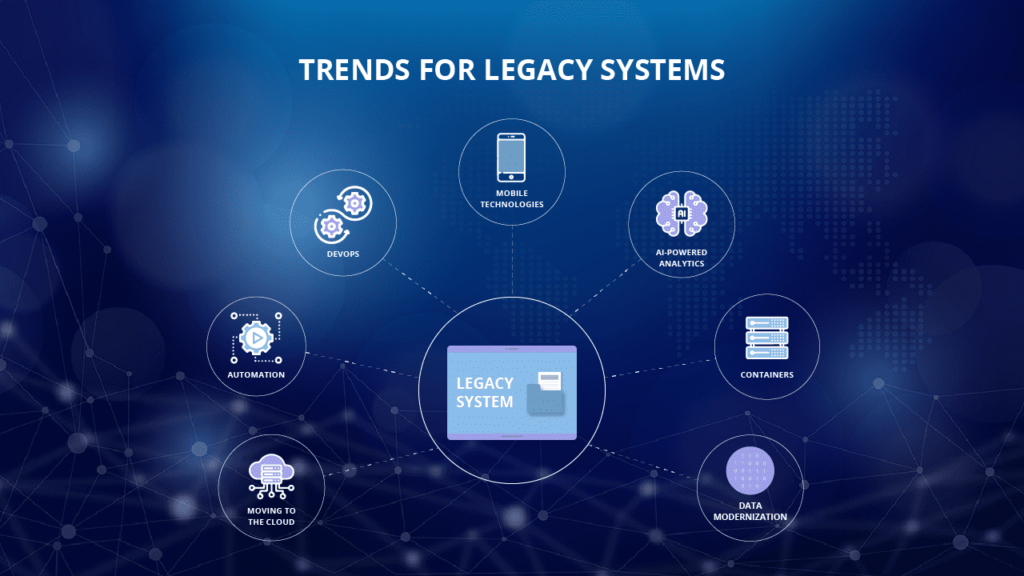Customers and businesses offering communications and digital services are transforming as a result of hyper-connectivity and digital convergence. To be competitive in this fast-changing environment, service providers are under increasing pressure to introduce new products and services faster, innovate, and reduce costs constantly.
It is a known fact that Telcos have been under constant pressure due to the past decade. As the conventional value pools have degraded and fresh development horizons have proven elusive, bringing return on investment capital (ROIC) closer to the weighted average cost of capital (WACC). While telecoms met the challenge of linking people to jobs, school, family, and healthcare in 2020, the pandemic accelerated and magnified trends that were already changing the foundation for success.
As a result, we believe that 2021 will be a pivotal year for operators, providing them with a once-in-a-lifetime opportunity to redesign their businesses or risk another decade of decline fundamentally. Emerging markets have empowered customers, and their demands have evolved with time. Companies that are still using traditional Legacy systems, therefore, need to redefine their business strategies if they hope to reach markets faster and counter competition.
Leaders who act now, risking short-term incumbency advantages to grasp the untapped opportunity, will define the next generation of telecoms. The contemporary era necessitates a comprehensive, back-to-the-future approach to transformation, in which executives make four or five significant, coordinated adjustments to rewrite their company’s DNA.
Top 3 Challenges Faced by Enterprises Today
1. Operational complexities- Concerning the telecommunication industry, new-age networks, such as 5G, aim to provide end-users with a wide range of services. Business Support Systems, or BSS, enable telecom businesses to conduct their operations in the direction of their customers. BSS and OSS work together to support a variety of end-to-end communications, such as telephone services.
2. Internet of Things and Cloud Integration – The telecom sector has been transformed by cloud computing and the Internet of Things (IoT). They’ve helped the industry reach new heights. To yet, however, proper integration of both has been a challenge.
3. Legacy System Modernization – Companies must replace obsolete systems and software with new technology to achieve total digital transformation. It can be both a time-consuming and costly endeavor. As a result, before beginning the transformation process, one must think carefully and assign resources and a budget.
Need for Modernization
According to a recent study by Logical, four out of ten CIOs of large multinational firms say that replacing existing systems is a major impediment to digital transformation. We have listed some of the major reasons to modernize legacy systems:
- Build distinctive, future-proof solutions to simplify company processes, decrease risk, and improve performance to gain a competitive advantage.
- Increase customer experience and employee motivation.
- Assist in the development of a flexible and creative IT infrastructure.
- Prevent data breaches both inside and externally – better data security protocols in place
- By fixing system inefficiencies, one can make the company more efficient.
- Expand business by finding new customers.
- Offering an omnichannel approach across solutions.
- Implementing mobile-first devices and cloud-based services, companies can improve overall performance along with offering easy access [from anywhere and across any device]
- Regulatory Compliance adherence
- Need for scalability and agility.
The Modernization Journey
Digital transformation has become the buzzword of the era, and business leaders must find effective ways to modernize legacy systems, especially to capture a good slice of the market, innovate and fight competition.
Gartner says six key factors drive application modernization. Three of these factors are important from a business standpoint: business fit, business value, and agility. The three other factors are cost, complexity, and risk, all of which are IT-related.

And when it comes to ensuring easy implementation of new digital solutions, the main elements to be considered are:
- Encapsulate the application’s data and functionalities, making them available as services via an API to leverage and enhance the app’s features.
- Re-deploy the application component to a different infrastructure without changing the essence, namely its features or functions. This can be done across physical, virtual, or cloud.
- Migrate to a new runtime platform with minor code modifications but no code structure, features, or functions.
- Eliminate technical debt, improve nonfunctional qualities, and restructure and optimize current code (but not its outward behavior).
- Change the code significantly to adapt it to new application architecture and take advantage of new and improved features.
- Redesign or redesign the application component from the ground up, keeping the scope and specifications in mind.
- Replace the old application component with a new one, taking into account new requirements and needs simultaneously.
Finally, map the seven modernization alternatives in terms of their impact on technology, architecture, functionality, cost, and risk to determine which modernization method will have the firm’s most significant impact and value.
We leave you with a questions companies to ponder about:
1. What is the core business model & objective?
2. How important is offering an enhanced customer experience?
3. How capable is the company to leverage the data coming into the business daily?
The modern technical scenario is dynamic and fast-changing. Therefore one must adapt to keep up. In this quickly evolving economy, few organizations can afford to be passive. Companies in the communications and digital services industries can benefit from our extensive industry knowledge and worldwide delivery platform by working with Knot Solutions.
Our solutions offer Cloud and Omnichannel enabled, help automate processes, and reduce operations and maintenance costs through lean Stack BSS and Automation. To help us understand your challenges and help you tide over them, reach out to us today.



